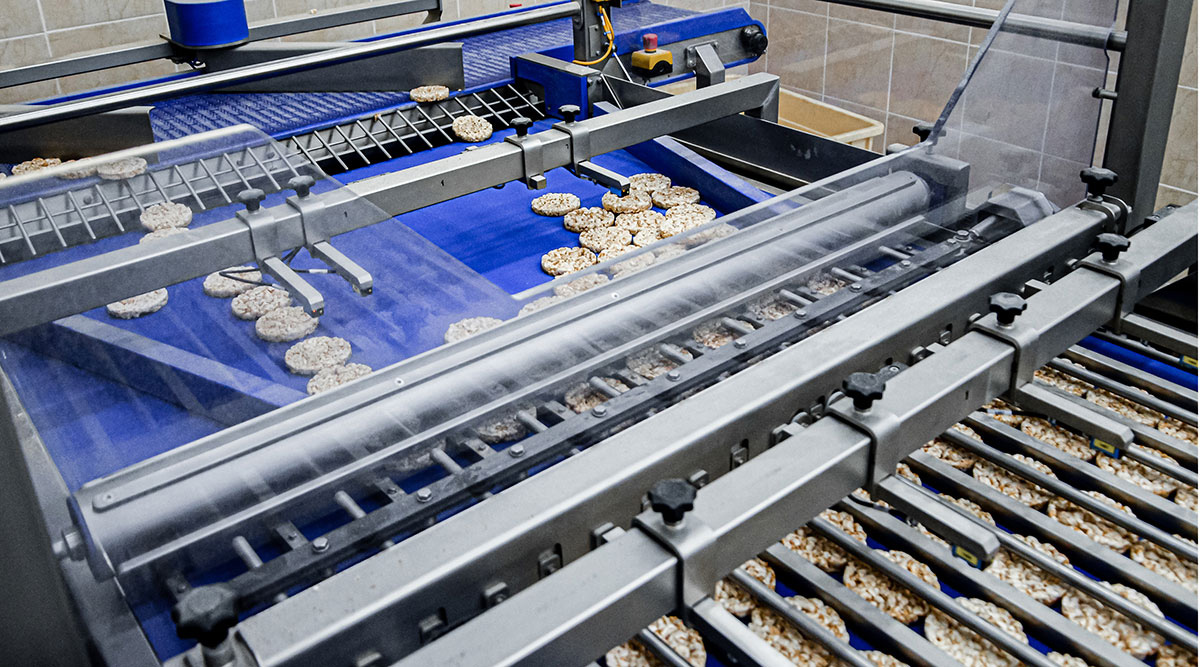Yes, NOVA Is Flawed. But It Can’t Be Ignored.
DIALOGUE

August 2023
Volume 77, No.7

Categorizing foods is not an easy task. Depending on ingredients, foods with similar names can have different nutritional values, palatability, and flavor characteristics. That was one of the reasons for the establishment of standards of identity in U.S. food law.
Foods are also classified to assess their healthfulness and fit within a healthy diet. Carlos Monteiro and colleagues in 2009 introduced a system known as NOVA, which classifies foods into four categories, ranging from unprocessed to minimally processed to ultra-processed. This classification forms the basis for the dietary guidelines in Brazil, establishing that the daily diet should limit the intake of ultra-processed foods.
Unfortunately, NOVA’s focus on processing (and many critics’ counterarguments) minimizes the role that ingredients play in determining a food product’s health impact. While processing itself can be beneficial or harmful, ingredients have an even greater impact.
A leading indicator of the unhealthiness of foods is how much sugar, refined carbohydrates, saturated fat, and salt are added. Secondary ingredients, such as flavors and colorants that themselves are not necessarily unhealthy, can increase the palatability and attractiveness of foods and thereby contribute to overconsumption.
An analysis we recently conducted shows that it is often the formulation of a food that causes it to be unhealthy, rather than the processing. With the cutthroat competition in the food industry for market share and growth opportunities, many foods are formulated to be ultra-palatable, energy dense, and cheap to produce.
We process foods to establish stability, microbiological safety, and ease of preparation and distribution, as well as to create tastes and textures that consumers enjoy. And advanced processing may, in fact, help improve the healthfulness of foods. Creative approaches that increase water and air content can lower the energy density of foods while increasing their satiating effect with small changes in palatability. Also, some food additives are used to improve the acceptability of less energy dense foods.
Many unhealthy, “ultra-processed” foods are produced using basic processing techniques that are applied across the NOVA categories. On the other hand, there is a category of foods that result from advanced, multistep processing that fit well in a healthy diet.
While the classification of a food as ultra-processed is ambiguous, the concept is increasingly used in health research and has resulted in labeling ultra-processed foods as a potential cause of various degenerative diseases.
In fact, NOVA classification is widely used by health researchers to measure the degree of transformation of ingredients and food sources into foods. Because it is developing into a key benchmark in health research, it is imperative for food scientists and technologists to engage so the classification is properly embedded in the physics, chemistry, and engineering of food transformations.
It’s well known that NOVA has not been positively received by the food technology community. It has been widely criticized for its fixation on commonly used production techniques.
Despite its flaws, however, NOVA passes on a powerful message that should not be ignored: Many processed foods—formulated foods—are not healthy and are developed and marketed solely to drive consumption and profit. Food developers and processors have a responsibility to address this issue.
Even though the path toward more wholesome foods is a difficult one, those of us in the science of food community have a collective responsibility to reduce the exposure and ease of overconsumption of unhealthy foods. We should rather emphasize the development of healthy foods that are produced in a sustainable manner and that fit in the lifestyle of our current, diverse society.
The opinions expressed in Dialogue are those of the authors.
Digital Exclusives

10 Food Trend Predictions for 2022
The editors at Food Technology magazine, published by the Institute of Food Technologists (IFT), have announced their predictions for the hottest food trends for 2022.
Food Technology Articles

Cultivating a Crop of Food System Solutions
Five organizations dedicated to eliminating hunger and sustainably boosting nutrition earn top honors in this year’s Seeding The Future Global Food System Challenge.

GRAS 31 Flavoring Substances
The 31st publication by the Expert Panel of the Flavor and Extract Manufacturers Association provides an update on recent progress in the consideration of flavoring ingredients generally recognized as safe under the Food Additives Amendment.

Kyowa Hakko Publishes White Paper, New Ingredients, and More
A roundup of news from food industry suppliers, including sponsored content from Kyowa Hakko.

How to Achieve EPR-Forward Packaging, Part 2
In this two-part series, the author explores the history of Extended Producer Responsibility (EPR), what is needed to help EPR succeed, and how brands can best prepare for EPR.

Future-Proofing Healthy Flours
The authors describe why traditional process of stone milling holds significant advantages over modern milling methods, how the stone milling process works, and the benefits of using a stone mill processing method, including production of flours with higher nutritional and functional value.
Recent Brain Food
.jpg?mw=500&hash=BDC5A6AEC1D235957E5993C2E1481328)
February Content Spotlight: Health and Nutrition
Stay up to date on the latest health and nutrition topics and trends with IFT's featured resources, from blogs to peer-reviewed articles to on-demand videos.
Tapping the Healing Power of Food
IFT's Anna Rosales reports back on the inaugural Food is Medicine Summit, a key milestone in the national strategy to end hunger and reduce chronic disease by 2030.
Consumer Outlooks in an Age of Angst
Food Technology Executive Editor Mary Ellen Kuhn explains how tough times will shape consumer behaviors in 2024.
November Content Spotlight: Health and Nutrition
Stay up to date on the latest health and nutrition topics and trends with IFT’s featured resources, from blogs to peer-reviewed articles to podcasts.
What You Eat Matters
Research shows the food and beverages people consume can have a significant impact on their health and well-being, and it all begins in the gut.


